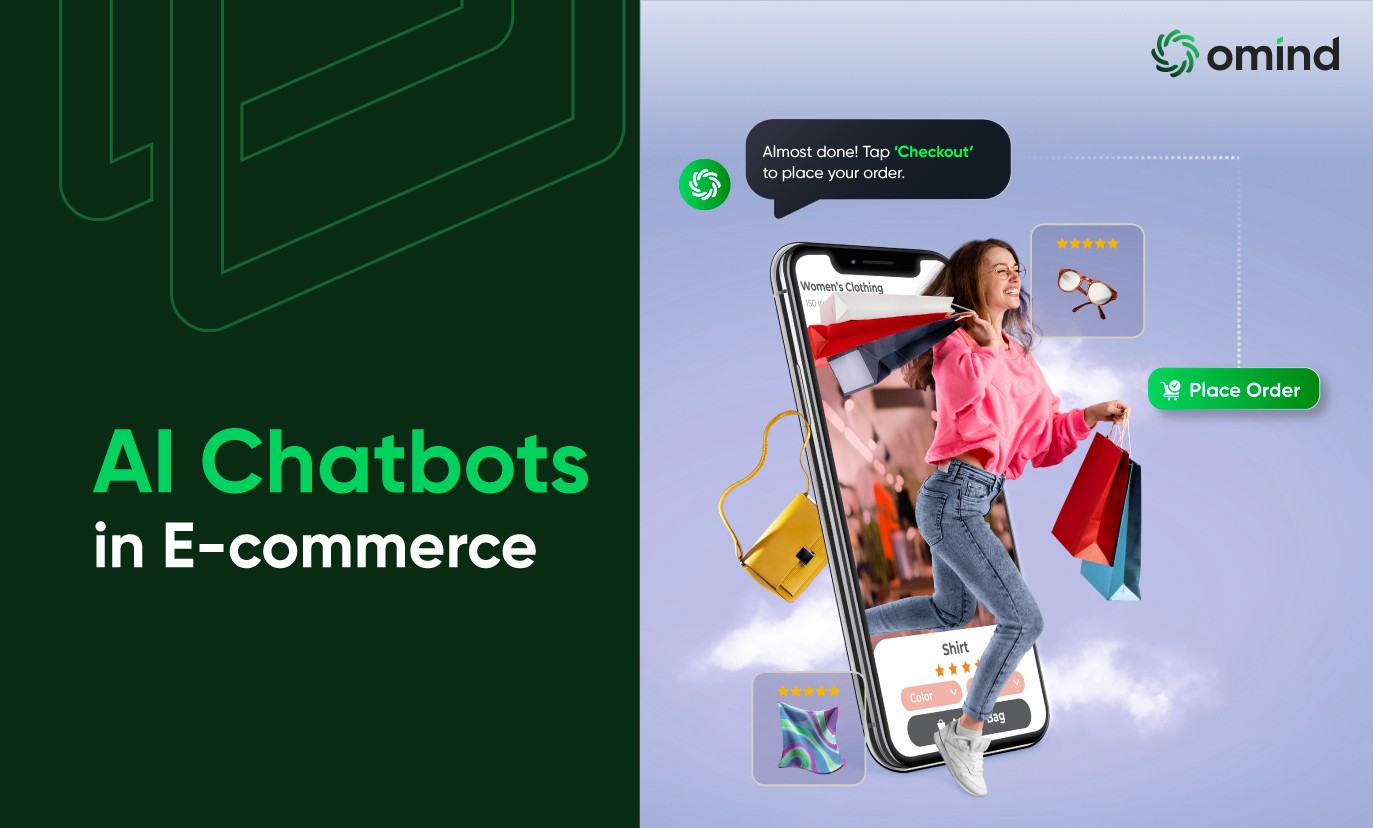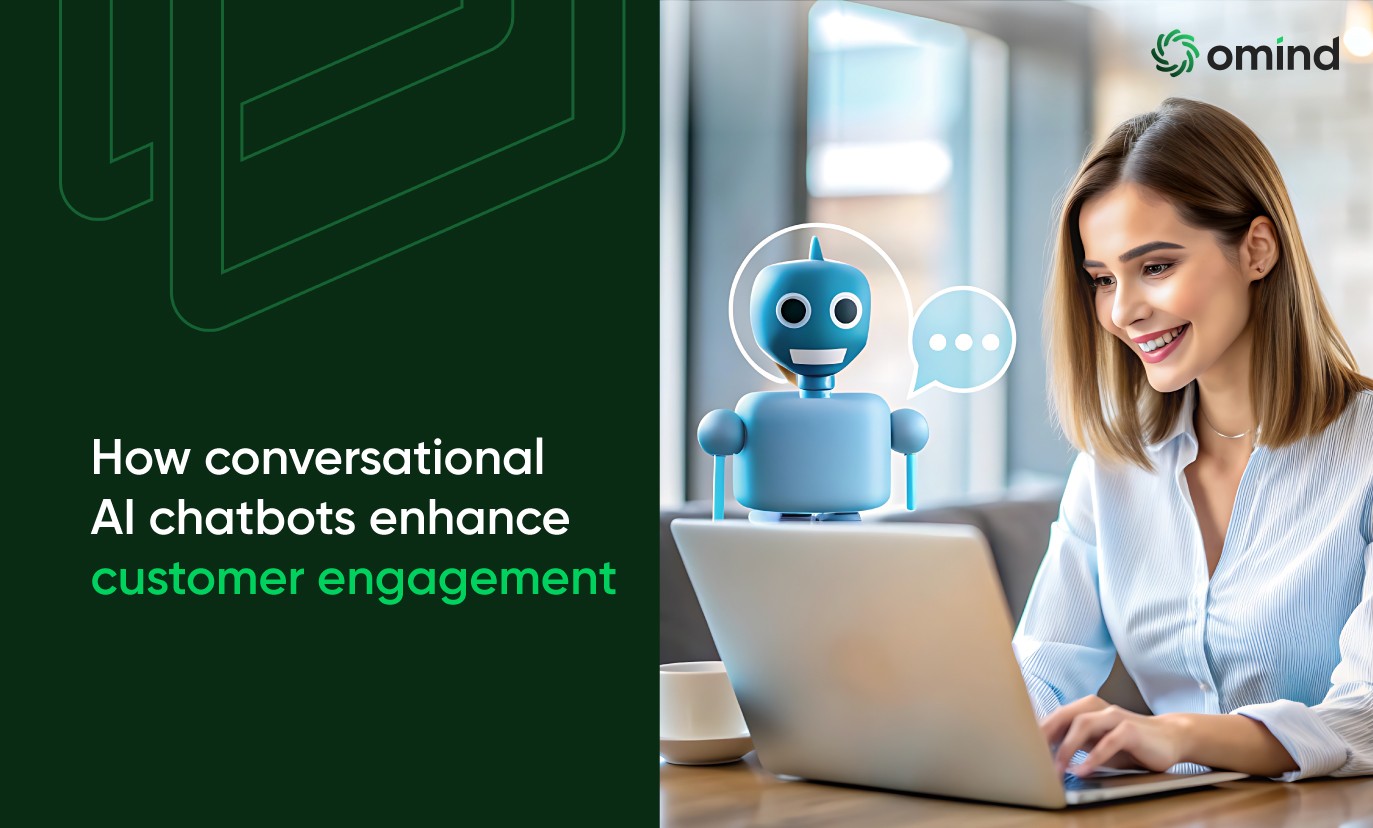Do you remember when shopping online felt different than buying goods from a store? These differences are diminishing as customers in 2024 expect a seamless integration between both experiences. Customers are different and use diverse platforms to connect with businesses, and they expect more comfort, quality, and service in every field. The omnichannel trends are changing the way businesses interact with their customers. Whether the customers visit a store or online, the omnichannel method gives a unified customer experience that improves trust and builds a long-term relationship.
The retail sector is booming, and businesses' strategies must adapt to the situation. Businesses use technology to ensure that each customer interacts and has a consistent shopping experience. Data-driven insights are vital in shaping omnichannel strategies. Retailers can tailor their offerings to meet individual needs and preferences by understanding consumer behavior across different platforms. This smooth, personalized journey keeps customers engaged and returning for purchase in the retail sector.
What is Omnichannel Retailing?

This is all about using various sales channels to create a unified brand experience. Whether you're shopping online, in-store, or through a mobile app, the experience must be unified and consistent. This consistency makes the purchase smooth and enjoyable.
Omnichannel retailing is becoming increasingly important as people use multiple channels for shopping. The data is like gold, and it helps companies provide the same level of service and personalization across digital and physical platforms. When shoppers feel a consistent brand experience, they bond with that product or service and return for more.
For example, think you find a product online and buy it directly from the store. With the right strategy, finding the same product, completing the purchase, and returning it if necessary will be easy. Sometimes, you can order online and pick it up at the store. That is what an omnichannel retail experience does. Omnichannel trends are not constant and keep changing, so a business must be alert and follow the flow to be on top of the market.
A More Deliberate Approach to Data
In omnichannel trends, retailers are taking a more deliberate approach to data. First-party data is important for making better decisions as this industry shifts towards a better future. A firm can collect customer data directly to provide more personalized and relevant experiences. Platforms like those offered by Omind excel in managing and optimizing such data for personalized customer journeys.
Leveraging Customer Data Platforms (CDPs)
One of the best methods is to use customer data platforms (CDPs). CDPs help retailers create a unified customer profile by collecting data from various touchpoints. This ensures a consistent and personalized experience across all channels, essential for staying competitive in the retail landscape.
Regarding practicality, a retail business may connect shopping carts and targeted advertisements. Using an advanced CDP, like Omind's, ensures this integration is both seamless and effective. Customers can add items online and view them later in-store or on a mobile app using a connected cart. It gives a unified customer experience and personalized product recommendations based on a customer's last interaction.
Personalized vs. Personable Shopping Experiences
Let’s discuss the fine line between personalized and personable shopping experiences.
Have you ever noticed advertisements following you from website to website, almost as if they know your next move? This is the power of personalization. It uses data to tailor ads, product recommendations, and in-store experiences to your preferences.
But personalization is often mixed with personable experience. Think of a friendly salesperson who remembers your name and favorite styles. That's personable – a human connection built on genuine interaction.
Decoding the Difference:
Personalization is based on a data-driven approach, offering relevant suggestions based on past purchases and browsing habits. It can help you discover new items you might love. But sometimes, you feel impersonal when a computer program predicts your every need.
Personable Service is a human action that builds a personal relationship with a client. It involves feeling, empathy, and a more personal way of connecting and interacting with the salesperson or vice versa. Don't feel that personalization is bad; both have differences and impacts in dealing with customers. Solutions like Omind can help balance personalization with personable service, ensuring data-driven recommendations and a personal touch.
Let's look at some examples of these situations. A customer receives an email with customized product recommendations but with the option to opt-out of promotions for holidays, you don't celebrate. That's where it makes a difference – using data to personalize your experience while offering options for control.
How Influencers are Shaping Social Commerce in 2024?
The omnichannel approach continues to be essential in 2024, especially in retail. Brands must connect with consumers across all their touchpoints—from social media to physical stores—to offer a unified customer experience.
One of the hottest omnichannel trends is the rise of social commerce, where influencers play a key role in driving sales. Now, companies do not prefer generic celebrity endorsements. Today's consumers seek authenticity and need relatable influencers who share their target audience's values and backgrounds. This builds trust and encourages viewers to see the influencer's recommendations as genuine. Can you imagine a beauty brand partnering with diverse makeup artists from different skin tones and styles? This will connect with a broader audience and showcase the versatility of their products.
Another critical ingredient for successful influencer marketing in social commerce is user-generated content (UGC). When you see real people using and loving a product on social media, it will convince the people more. This social proof builds trust and encourages viewers to try the product themselves, increasing sales and profits.
Strategies for Effective Influencer Partnerships

A brand needs a successful strategy to influence its clients. Here are a few key strategies:
Targeted Reach: Instead of a one-size-fits-all approach, brands can use customer segmentation to partner with influencers who connect with specific demographics. Consider a situation where a fitness brand partnered with different influencers for their yoga apparel line versus their athletic wear collection. That works a lot.
Content Collaboration: A brand can collaborate with people who know the content. It can be influencers who create engaging content that connects with the brand's message and feels authentic to their audience.
Easy Shopping Experiences
Think of a shopping experience where everything flows smoothly, no matter how you interact with a brand. That's the goal of seamless shopping experiences, a top omnichannel trend in 2024. It focuses on creating a unified journey for customers across all touchpoints. Let's see some famous examples of seamless shopping experiences include:
Buy Online, Pick Up In-Store (BOPIS): A client can purchase an item online and pick it up from the store.
Effortless Returns: Seamless experiences make the returning process easier. For instance, you buy clothes online and easily return them to a physical store with a full refund.
Digital Experience Platforms (DXPs) are key to ensuring a seamless experience. These platforms act as a central hub, unifying customer data, and interactions across all channels. With DXPs, brands can easily ensure consistent product information, pricing, and promotions. No matter how customers shop, a smooth and frustration-free journey is assured here.
AI-Driven Retail
Retail uses AI (artificial intelligence) to offer fast, all-time service. Explore some of the advantages of this technology.
AI-powered chatbots are used in the retail sector to offer personalized experiences. They can learn from conversations, answer questions about product availability, and recommend similar items based on your preferences.
Generative AI is another innovation used in the omnichannel trend to give product descriptions or recommendations that connect to your interests.
Machine Learning is also used here for Smarter Operations. This AI can analyze vast amounts of data to optimize inventory management, predict trends, and personalize pricing strategies.
While AI offers exciting possibilities in the retail sector, some consumers feel this technology is impersonal. So, an organization must use AI to enhance the shopping experience while maintaining a human touch.
Integrating IoT, AR, and VR in Retail

The retail sector is booming with more technology. The Internet of Things (IoT) connects everyday objects, like shelves that track inventory, automatically reordering low stock, and more. Augmented Reality (AR) lets you virtually try on clothes or see furniture in your home before you buy. Virtual Reality (VR) creates an outstanding shopping experience, like exploring a virtual store from the comfort of your couch.
These innovations are easier to integrate with platforms like Omind, ensuring a cohesive and advanced customer experience. With these innovations, the shopping experience is changing every time. However, the human connection is still there to offer friendly assistance along with the chatbot.
The Future is Omnichannel
Omnichannel trends in the retail sector are always changing. Nowadays, customers expect a smooth journey across online, social, and physical stores. Data and technology are vital in making this unified customer experience. Businesses must adapt their methods to keep up with market changes, especially in technology such as AI, AR, and the latest omnichannel trends.
Customer expectations are evolving, so keeping ahead of omnichannel trends requires experts like Omind. Offering an easy omnichannel experience is not easy, but Omnind can help your business. Our platform uses data and AI to personalize customer journeys across every touchpoint. Visit Omind's website to see how we can be part of your omnichannel strategy.
AUTHOR
Team Omind
Empowering Businesses with Unified Customer Experience Platform, Leveraging Advanced AI and Intelligent Automation
PRODUCT
Marketing AI
Share LINK
Related Blogs







